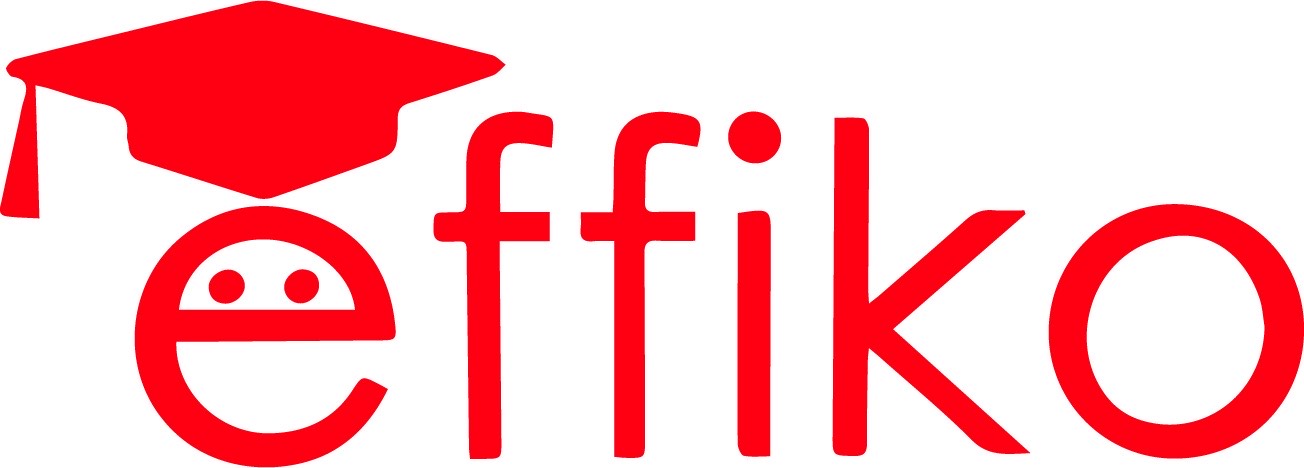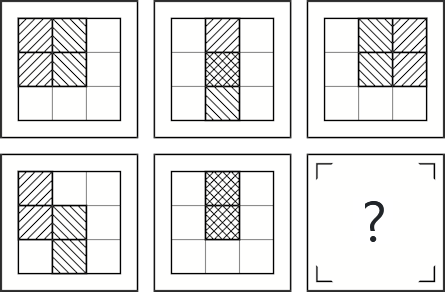If you’re looking to study in Canada, you will need to get a Canadian study permit. A Canadian study permit is a document issued by the Immigration, Refugees and Citizenship of Canada (IRCC) to some like you who wants to study in Canada.
A Canadian study permit differs from an F1 international student visa. While you can use the former in Canada, the latter only applies in the US. Thus, the procedure and requirements for obtaining this type of visa are different. Even the process of showing proof of funds for a Canadian study visa differs slightly.
READ: How to Show Proof of Funds for F1 Visa
Methods of Applying for a Canadian Study Permit
If you want to apply for a Canadian study permit, you can choose one of these; Student Direct Stream (SDS) or Non-Student Direct Stream (Non-SDS).
The Student Direct Stream (SDS) was formerly known as the Students Partner Program. This initiative by the Canadian Immigration Services is open to only a few selected countries like India, Brazil, Pakistan, Morocco, Philippines, Senegal, Trinidad & Tobago, Antigua & Barbuda, China, Columbia, Costa Rica, Peru and Vietnam.
Any student applying through SDS must meet the requirements stipulated by Immigration Refugees Citizenship Canada. Under SDS, you can only suit your application online. Processing a Canadian study permit takes at least 11 weeks. But if you apply through the SDS route, they will process quickly your visa application within 20 calendar days.
Non-Student Direct Stream (Non-SDS) is a general visa application process for temporary residence in Canada. The visa application process is more for all international students irrespective of their country. However, it is not as fast as the SDS. Also, there is a slight difference in the documents you need to show proof of funds for SDS and Non-SDS applications. How? Keep reading to find out.
Requirements for Showing Proof of Funds for Canadian Study Visa
According to the Canadian Immigration Commission, you need to show proof of funds that can cover your tuition fees and living expenses for the duration of your study in Canada. Aside from the Canadian embassy, the university you enrolled in will also ask you to provide your proof of funds.
Showing your proof of funds works best if you have liquid assets. If you have investments or properties under your name, you can use them as your secondary proof of funds. However, your primary proof of funds must be liquid assets that you can convert to cash anytime you need them.
You can show your proof of funds by submitting these documents:
Proof of a Canadian bank account in your name.
Guaranteed Investment Certificate (GIC) from a Canadian bank or financial institution (For SDS application only).
Original bank statements for the past 4 months.
Student or education loan approval letter from a bank.
Loan capacity certificate
A bank draft you can convert to Canadian dollars.
Tuition fee receipts
Housing fee receipts
Sponsorship letter from school or private sponsor.
Financial aid letter
Sponsor Identification document
Affidavit of Support
Bank Statement (stamped by the bank)
Income Tax Return
Certificate of Employment/Pay Slip
Investment Statement
READ: How to Migrate to Canada With a Study Visa
Guidelines on How to Show Proof of Funds for Canadian Study Visa
1. Make sure you provide original copies of all documents.
2. All documents must be written in English or French. If the documents are written in your indigenous language, you must attach an official translation.
3. All documents from the bank like your bank statement, loan approval letter and loan capacity certificate must bear the bank’s letterhead. They must also be duly signed and stamped by the bank.
4. A loan capacity certificate is different from a loan approval letter. A loan capacity certificate is a document you receive from a bank or financial institution stating their willingness to give you a loan if you gain admission to study abroad.
5. The loan capability certificate should clearly state your name, loan eligibility and promise of the bank or financial institution to grant the loan.
6. If you’ve transferred funds to Canada in preparation for your relocation, you must show proof of your Canadian bank account. The account must bear your name as the account owner.
7. If you live in a country that uses foreign-exchange controls, you must prove that they will allow you to export funds for all of your expenses.
There’s more…
8. Don’t be tempted to ask anyone to transfer huge funds into your account at once to show your proof of funds. The Canadian embassy will check the incoming and out-coming transactions in your bank statement. Any sudden huge deposit in your account will raise their suspension, as they may assume you are trying to fake your proof of funds.
9. If the sponsor will only provide for accommodation and feeding, you still need to show proof of funds for other living expenses like transportation, phone bills, clothing, textbooks and other miscellaneous expenses.
10. Your sponsor has to fill out the affidavit of support form and provide proper documentation of his identity, bank statement, income tax slip, payslip or certificate of employment.
11. If you have a scholarship or are in a Canadian-funded educational program, you must show proof of funding paid from within Canada.
12. If you apply for your Canadian Study permit through the SDS route, you need to submit a Guaranteed Investment Certificate (GIC). It’s a short term liquid investment account operated by a Canadian bank. The account gives you an interest rate over a fixed period of one year.
13. You must have a balance of CAD 10,000 or more in your GIC account. If you are applying to study in Quebec, you must have a minimum of $11,000 in your account as the cost of living in Quebec is higher.
14. Finally, be prepared to answer questions you’re asked regarding your proof of funds at the visa interview. Speak with confidence and clarity.
There you go! That’s all you need to know about showing proof of funds for a Canadian study visa. Follow these steps, and you’ll have your visa approved in no time.


